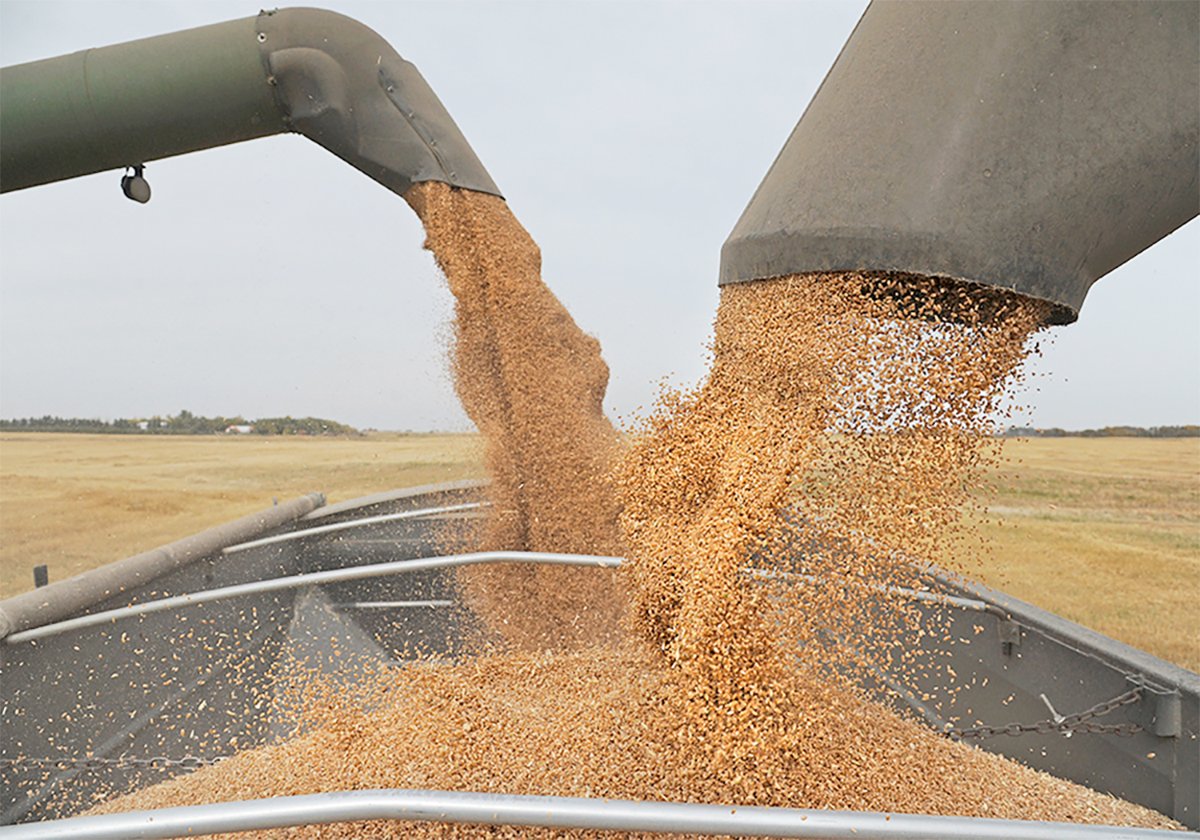I’m a big fan of transparent public markets. That’s why I have an odd love of commodity exchanges. Over the years I have used every excuse I can to get into futures and options markets and down onto the trading floors. I love the naked reality of the price discovery process as it is yelled out, cajoled out and wheedled out between the various sweaty traders involved.
Often the world’s price discovery process for various commodities is the result of the actions of a couple of dozen people. I’ve been on the floors and even into some of the pits of the New York Board of Trade, the COMMEX, the Kansas City Board of Trade and the Minneapolis Grain Exchange, and every time I have visited one I come away amazed at just how small but vital those trading pits are (were). In recent years, many of those floor-trading marketplaces have disappeared, replaced by electronic trading. And that’s OK. You can’t really visit those places, but the electronic tools offered to all of us bring us in many ways into much more close contact with the real marketplace from the convenience of our office computer.
Read Also

Agriculture productivity can be increased with little or no cost
There’s a way to enhance agricultural productivity with little or no cost. It doesn’t even require a bunch of legislative changes.
So I’m not too sad and nostalgic for the era of open outcry trading. But I’m concerned about the loss of many small, public marketplaces for prairie agricultural commodities and their evolution into specialty crop, special marketing status. So many futures contracts have been lost, and it’s alarming to see our crops moving into an opaque world of sporadically published prices.
That’s why I was glad to hear this week that the Winnipeg Commodity Exchange – oops, I mean ICE Futures Canada – is committed to making Western Barley futures work. They have seldom traded recently – often there are no trades in entire sessions – and have all the signs of terminal illiquidity that have marked the other contracts that have been abandoned. But exchange officials say they’re going to keep the contract, and I didn’t get the sense they were lying. It’s a flat period in the prairie feedgrain and feeding industries (you don’t have to tell farmers that) and the lack of trading in the barley contract may simply be caused by the lack of volatility in barley prices. With little risk to lay off, why would anyone right now use the contract? The exchange hopes to revive trading as soon as the market wakes up a little.
So I hope the exchange is truly committed to keeping Western Barley operating, because we all, to some degree, rely on it to give us some sort of benchmark price of the main feedgrain of Western Canada
Another disappearing market, one that’s in the news this week, isn’t really a market but bears a lot of resemblances to one. It’s the canola variety trials system, which has been abandoned for this year. Usually the big and small canola variety development companies put their varieties forward for cross-prairie tests – administered by the Canola Council of Canada – and farmers watch to see which ones do well in various locations and conditions.
This year some of the biggest companies pulled out of the system, saying it does not adequately highlight the important facets of variety development that they are focusing on, and that caused the canola council to shut down the system for the year. No head to head testing in 2010. The canola council says this is a one year shutdown, and canola grower groups hope that is true. Everyone accepts that the present system is substantially flawed, but few grower-side people would want to see this system of public variety demonstration disappear.
It’s basically the marketplace for canola varieties, a chance for farmers to see how they work out in the field. An inadequate testing system that doesn’t show crucial differences, or special abilities, is obviously flawed and perhaps even dangerous for farmers basing purchase decisions on the tests. But the principle of open, public testing of commodities is important and – just like with prices – few farmers will benefit if everything retreats under an opaque cone.















